Source: World Bank
Context
Yemen has been embroiled in conflict since early 2015. For years the poorest country in the Middle East and North Africa (MENA), it is now also suffering the worst humanitarian crisis in the world. Fighting has devastated its economy—leading to food insecurity verging on famine—and destroyed critical infrastructure. The UN has estimated that 24.3 million people in 2020 were “at risk” of hunger and disease, of whom roughly 14.4 million were in acute need of assistance.
The fallout of the COVID-19 pandemic has also hit the Yemeni economy hard, exacerbating people’s extreme fragility. Socio-economic conditions deteriorated further in 2020 because of the economic impact of COVID-19, a fall in global prices, weak public infrastructure and a limited capacity to cope with extreme climate events and natural disasters.
Distortions created by the fragmentation of institutional capacity and divergent policy decisions across areas of control compounded a crisis created by protracted conflict, the interruption of basic services, and acute shortages of basic inputs, including fuel. Rising fuel and food prices in the second half of 2020 have had a devastating effect. A mobile phone survey—routinely conducted by the UN’s World Food Programme (WFP)—shows households were able to afford food at the start of the pandemic in March 2020, but struggled as the pandemic continued and as food prices in the South and fuel prices in the North surged. By the end of 2020, about 40% of households reported poor or borderline consumption, with the trend getting worse.
On top of this, some 20.5 million Yemenis are without safe water and sanitation and 19.9 million without adequate healthcare. As a result, over the past few years, Yemen has been grappling with mass outbreaks of preventable diseases, such as cholera, diphtheria, measles, and Dengue Fever. Waves of currency depreciations in 2018 and 2019 have created lasting inflationary pressure on the Yemeni riyal that has exacerbated the humanitarian crisis. The disruption of infrastructure and financial services has severely affected private sector activity. The more than 40% of Yemeni households that find it difficult to buy even the minimum amount of food may have also lost their primary source of income. Poverty is worsening: whereas before the crisis it affected almost half Yemen’s total population of about 29 million, now it affects an estimated three-quarters of it—71% to 78% of Yemenis. Women are more severely affected than men.
Economic and social prospects in 2021 and beyond are highly uncertain. A gradual recovery of global oil prices, along with increased national production and export capacity, would help ease the strain on Yemen’s public finances in southern governorates and reduce its recourse to Central Bank financing. Urgent progress—to address restrictions on access to imports of supplies and fuel through the port of Hodeida—would improve domestic food prices and access, as well as the provision of public services and the operational environment for humanitarian organizations. The scaling up of humanitarian funding and operations would likely lessen the degree of deterioration of key health and other services, although any significant improvements in socio-economic conditions for Yemeni civilians are likely to remain difficult without progress in the security situation on the ground. A cessation of hostilities and eventual political reconciliation remain prerequisites for the reconstruction of the economy and rebuilding of Yemen’s social fabric.
Strategy
The World Bank Group’s Country Engagement Strategy for Yemen 2020–2021 remains focused on preserving basic services and the institutions that deliver them, as well as supporting people’s livelihoods and the country’s potential for economic recovery. Its priorities are institutional capacity, improving the resilience of service delivery, and providing support to conflict-affected poor and vulnerable Yemenis. The strategy also aims to encourage immediate economic growth by creating temporary jobs and supporting the private sector.
The World Bank—through its concessional arm, IDA—has been providing large-scale emergency grants to Yemen during the conflict. Using an innovative partnership with the UN, IDA has financed $1.81 billion in emergency interventions by investing in people and the institutions they rely on for critical services.
The IDA portfolio comprises nine active projects: (1) the Emergency Crisis Response Project, US$848.58 million; (2) the Emergency Health and Nutrition Project, US$638 million; (3) the Emergency Integrated Urban Services Project, US$150 million; (4) the Emergency Electricity Access Project, US$50 million; and (5) The COVID-19 Response Project, US$26.9 million. An additional project, (6) Desert Locust Response Project, US$25 million; (7) Emergency Social Protection Enhancement and COVID-19 Response Project, US$204 million; and (8) Yemen Restoring Education and Learning Project, US$100 million; and 9) the US$36 million Smallholder Agricultural Production Restoration and Enhancement Project which is financed by the Global Agriculture Food Security Program (GAFSP) Trust Fund, administered by the World Bank.
Responding to Urgent Needs
The COVID-19 pandemic poses a unique challenge to Yemen, a country where less than 50% of health facilities are fully functional and even those that are lack enough specialists, equipment, and medicine to be truly effective. There are no doctors in 18% of the country’s 333 districts, most health personnel have not received their salaries for at least two years, and immunization coverage has dropped by 30% since the conflict began.
IDA’s US$26.9 million COVID-19 Emergency Response Project is designed to strengthen Yemen’s fragile health systems for public health preparedness, including the detection, containment, diagnosis and treatment of COVID-19. About $23.4 million will finance the procurement of medical supplies, equipment, training and implementation expenses, as well as the rehabilitation and upgrading of existing health facilities. Initially, the project will specifically target large communities with high risks of local transmission. The World Health Organization (WHO) is implementing the project through local health authorities.
Results
IDA grants have provided financing for critical service delivery, as well as for preserving human capital and the capacity of national institutions. IDA assistance has targeted the poorest and most vulnerable Yemeni households and communities nationwide, helping them cope with the impacts of the crisis through income support, cash transfers, health and nutrition interventions, cholera response, and restoring agricultural production.
By supporting livelihood opportunities in partnership with UNDP and local institutions, namely the Social Fund for Development and the Public Works Project, the World Bank’s US$840 million IDA grant under the Emergency Crisis Response Project supports a cash-for-work and community-based investment program. The project has reached over 422,000 direct beneficiaries with wage employment; 5.10 million people have received access to community services (such as water, irrigation, and better roads); and 10.74 million workdays have been created. Over 674,500 mothers and children have received nutrition services. Nine microfinance institutions were supported and over 5,101 microfinance clients supported.
Responding to the risk of famine, the US$472.14 million emergency cash transfer component of the ECRP, implemented by the United Nations Children’s Fund (UNICEF), has thus far completed nine cycles of emergency cash transfer payments to poor and vulnerable households across all of Yemen’s 333 districts. The last payment cycle, completed on February 11, 2021, reached approximately 1.44 million households (9 million individuals). The Emergency Cash Transfer program is financed partially through the Bank’s Crisis Response Window, with co-financing from the UK Department for International Development and the United States Department of State, through the Yemen Emergency Multi-Donor Trust Fund. Post-distribution monitoring found that 91% of beneficiaries used cash transfers to purchase food. Women comprise about 45% of the direct recipients.
To provide essential health and nutrition services, the Emergency Health and Nutrition Project (EHNP), in partnership with UNICEF and WHO, has assisted over 23 million people in all governorates across the country. Over 2.6 million people have gained access to improved water sources and about 2.2 million to improved sanitation, and over 2.6 million people in districts at high risk of cholera have received oral cholera vaccine. More than 4.3 million women and children have received basic nutrition services, and 7.5 million children have been immunized. As many as 32,000 health personnel have been trained and over 4,200 health facilities supported with equipment and medical/non-medical supplies. About 230 health facilities that were not functioning before 2017 are now functional with EHNP support.
The World Bank is also supporting activities to mitigate the risks from and respond to COVID-19 in Yemen through the Yemen COVID-19 Response Project (a US$26.9 million grant to WHO) since April 2020. This project helps the implementation of the National Preparedness and Response Plan developed by Yemeni health authorities, WHO and other partners. To date, over 1,400 health workers have been trained on infection prevention and control, 32 isolation units and 6 central public health laboratories are supported, and a monitoring and evaluation system has been established to monitor COVID-19 response activities.
Restoring services in urban areas, the World Bank has partnered with the United Nations Office for Project Services (UNOPS) and local institutions in conflict-affected cities, acting through the Integrated Urban Services Emergency Project to provide more than 3 million beneficiaries with access to critical services. Up to now, the project has provided 2.8 million Yemenis with restored access to critical urban services, including water and sanitation, transport, energy, and solid waste management.
To increase people’s access to electricity in a sustainable way, the Yemen Emergency Electricity Access Project is partnering with local microfinance institutions (MFIs) to help them set up financing windows for high quality, small-scale, solar power solutions for households, and providing partial grants to make the systems more affordable. The project is also contracting solar suppliers and installers to provide grant-financed solar power systems to key facilities, including clinics, schools, and water wells in rural and peri-urban areas. As of February 2021, 6 MFIs were participating in the program and a total of 35,148 households with over 235,000 beneficiaries had gained household access to electricity. Electricity had been installed in 289 facilities (119 health facilities, 149 schools, and 25 water wells), restoring critical services to over 1.7 million beneficiaries. All electricity solutions supported under the project are fully renewable.

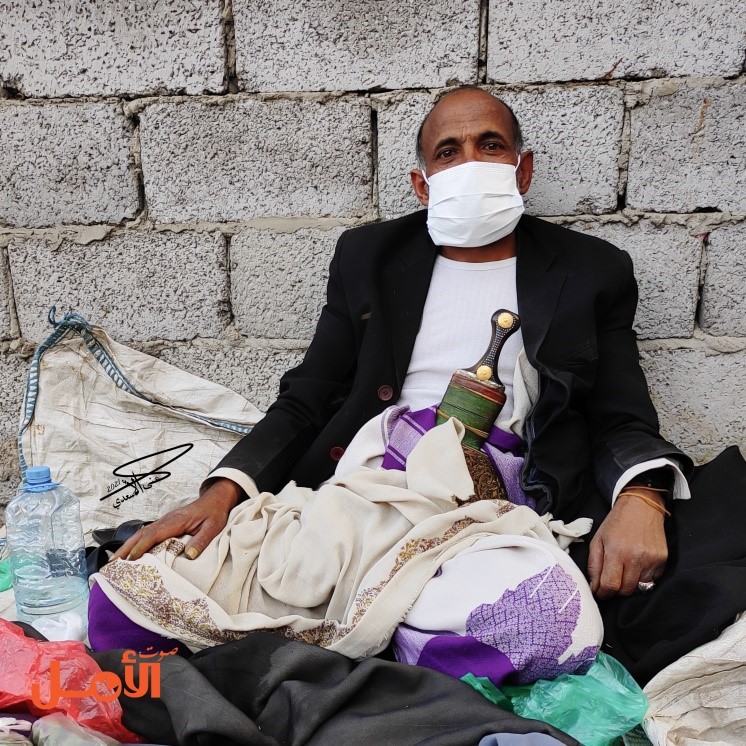
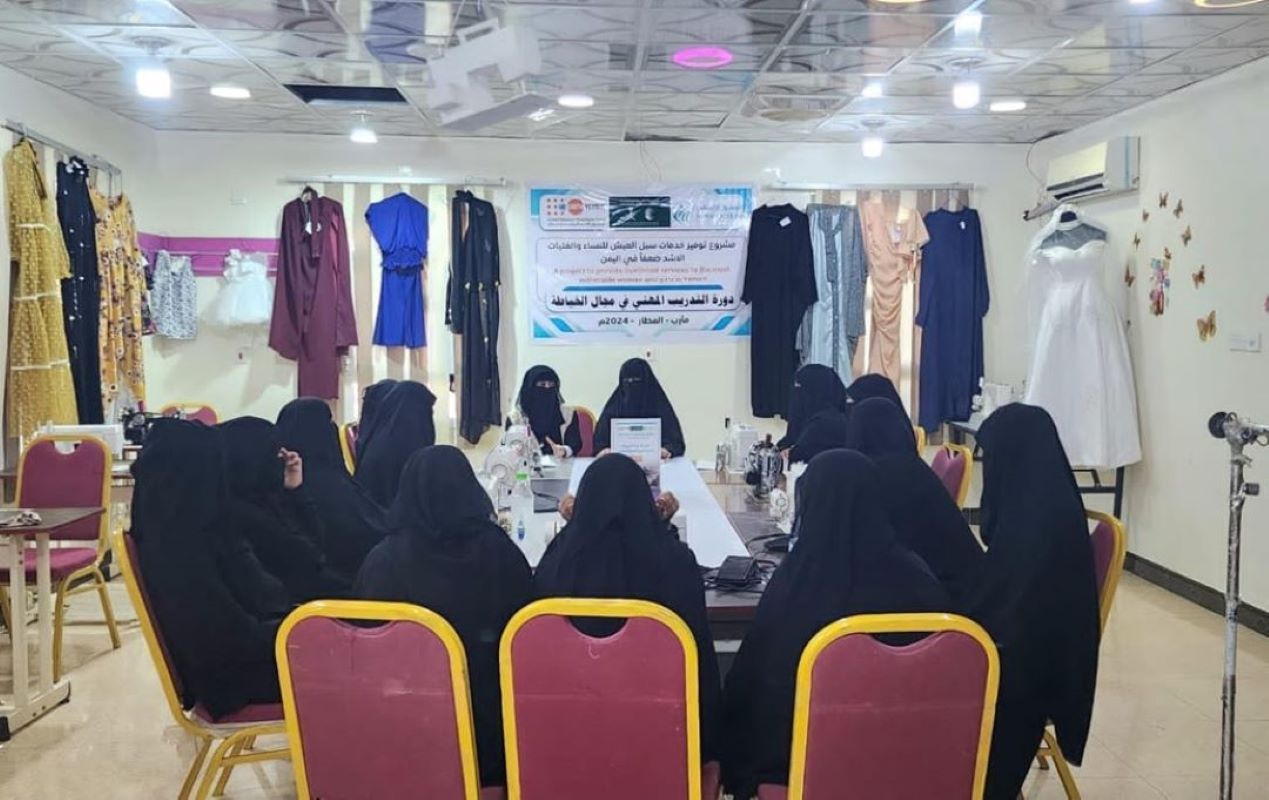
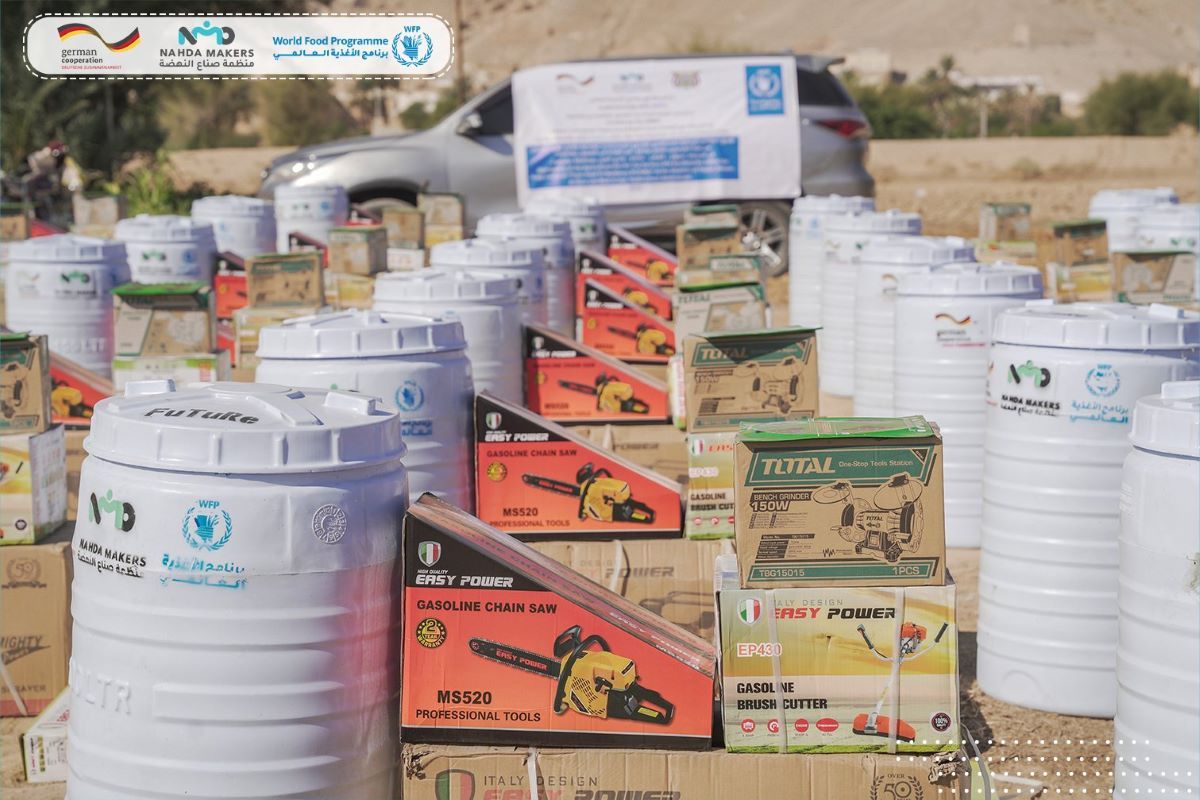


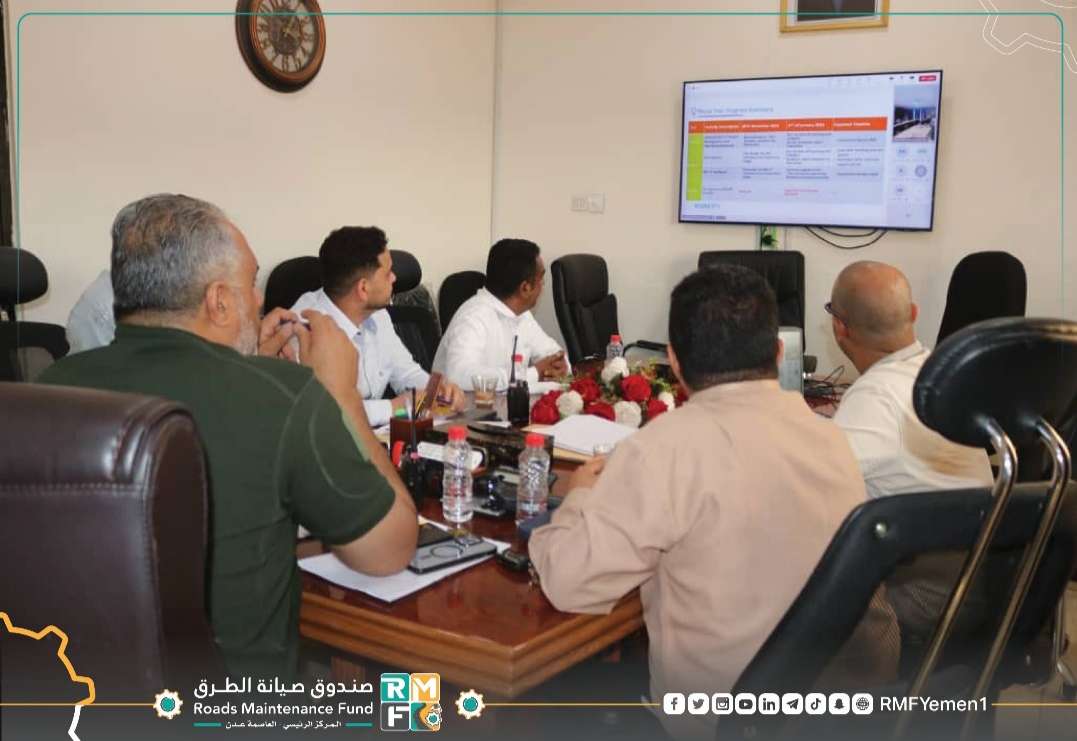


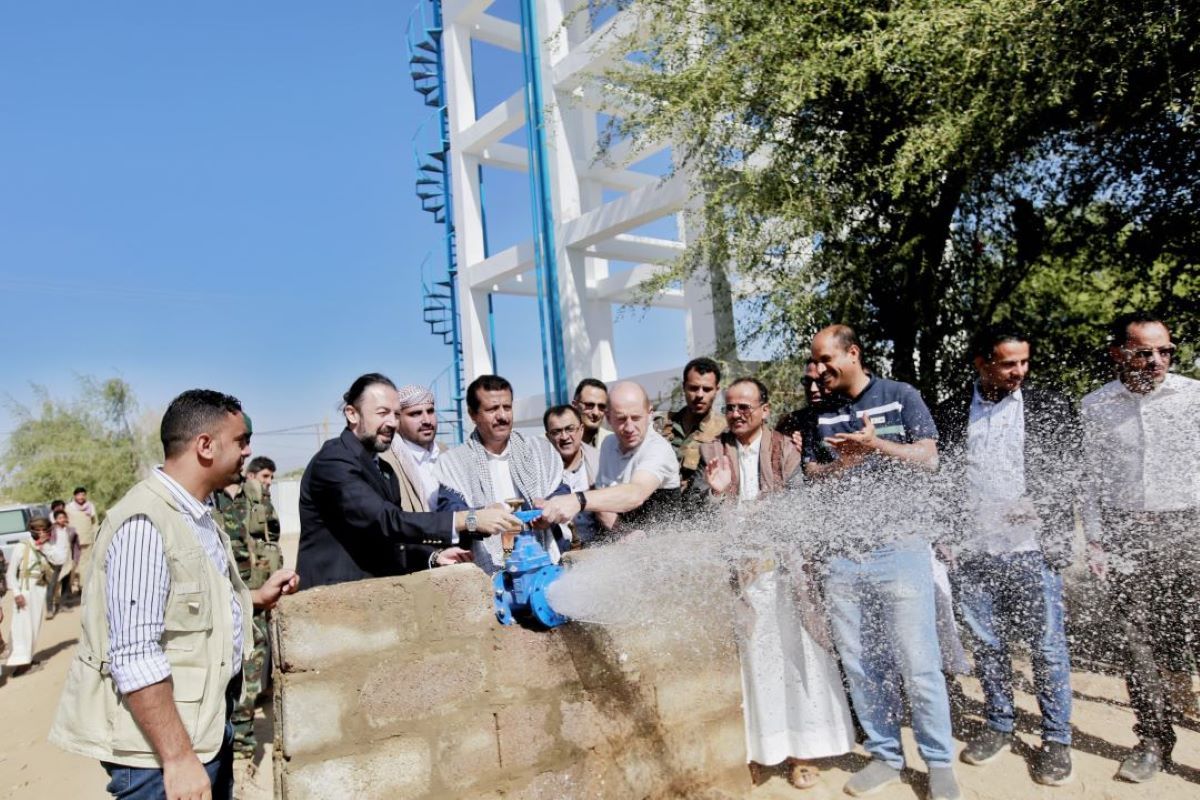


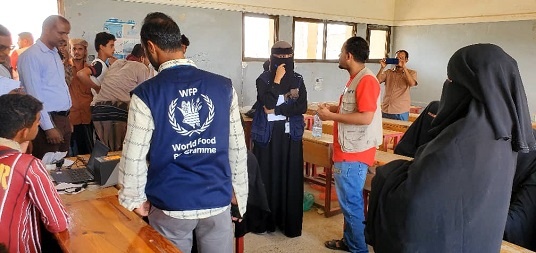
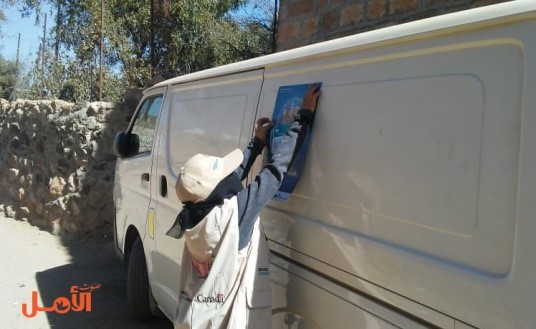
LEAVE A COMMENT